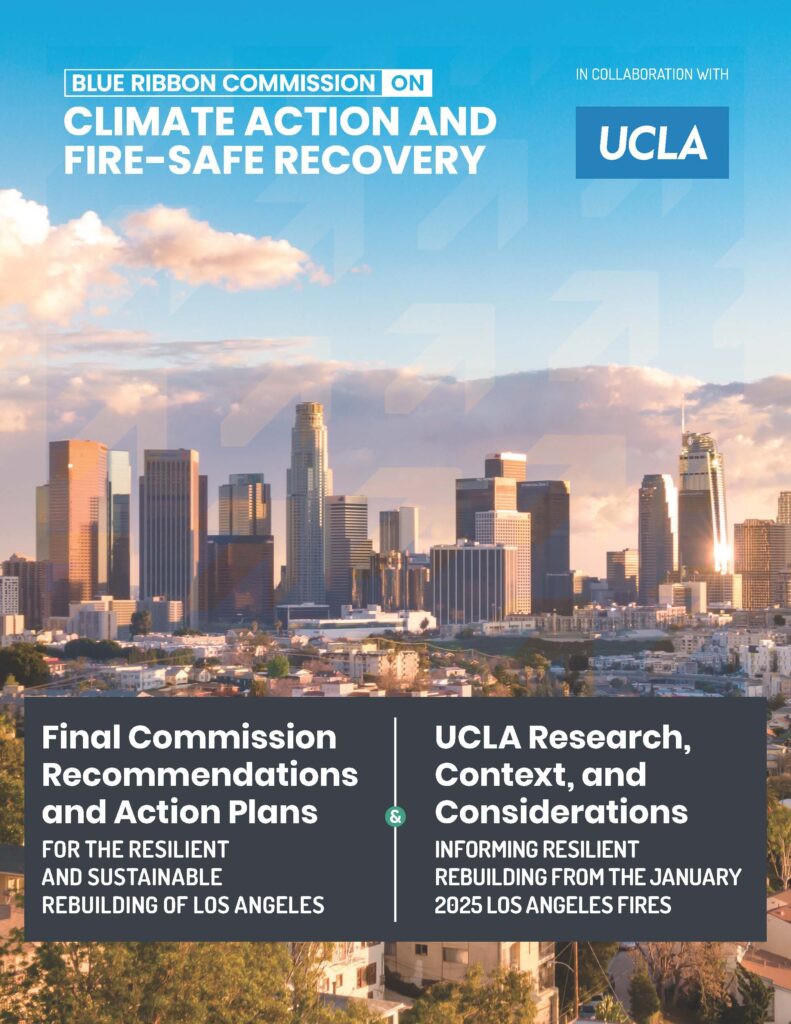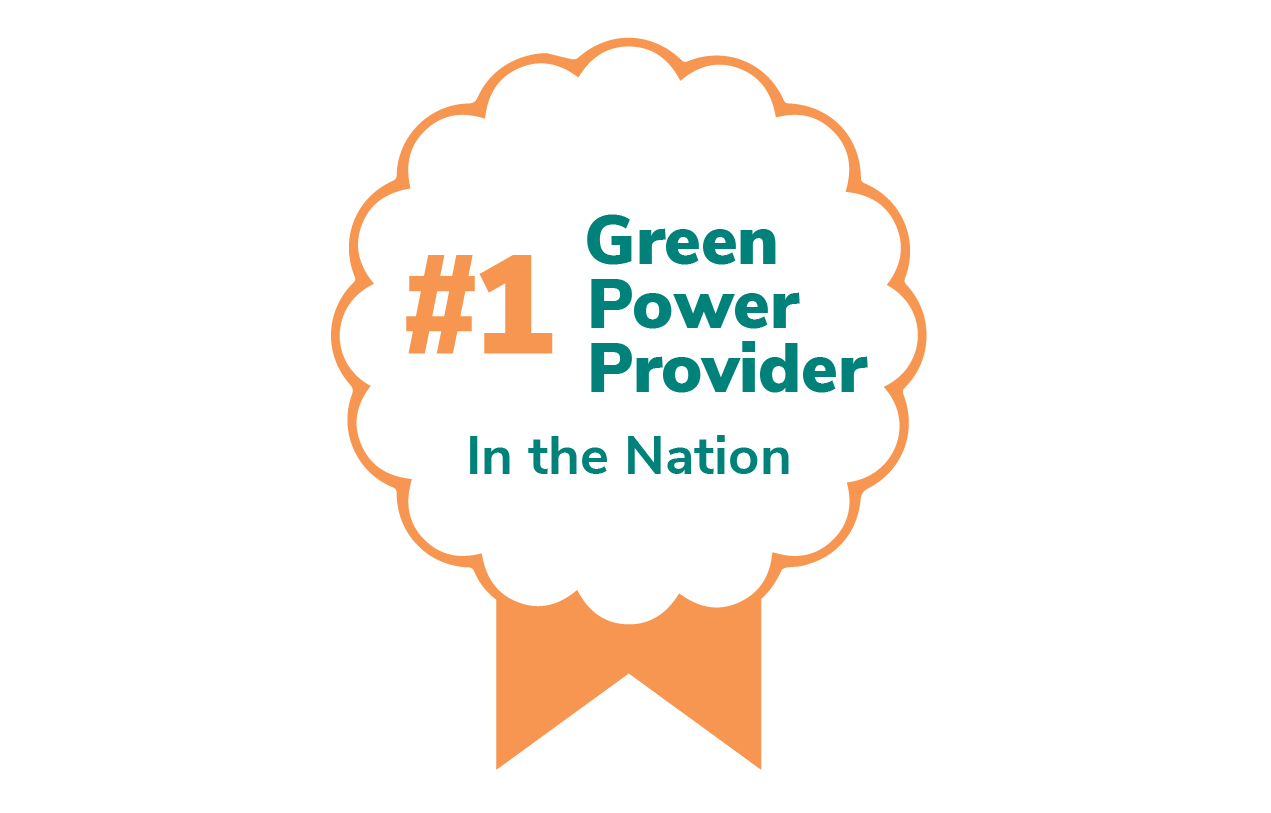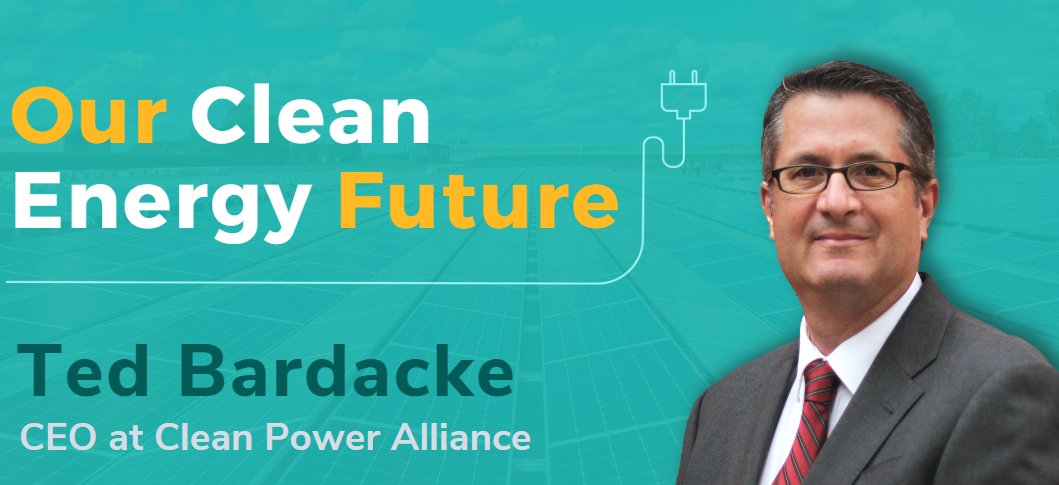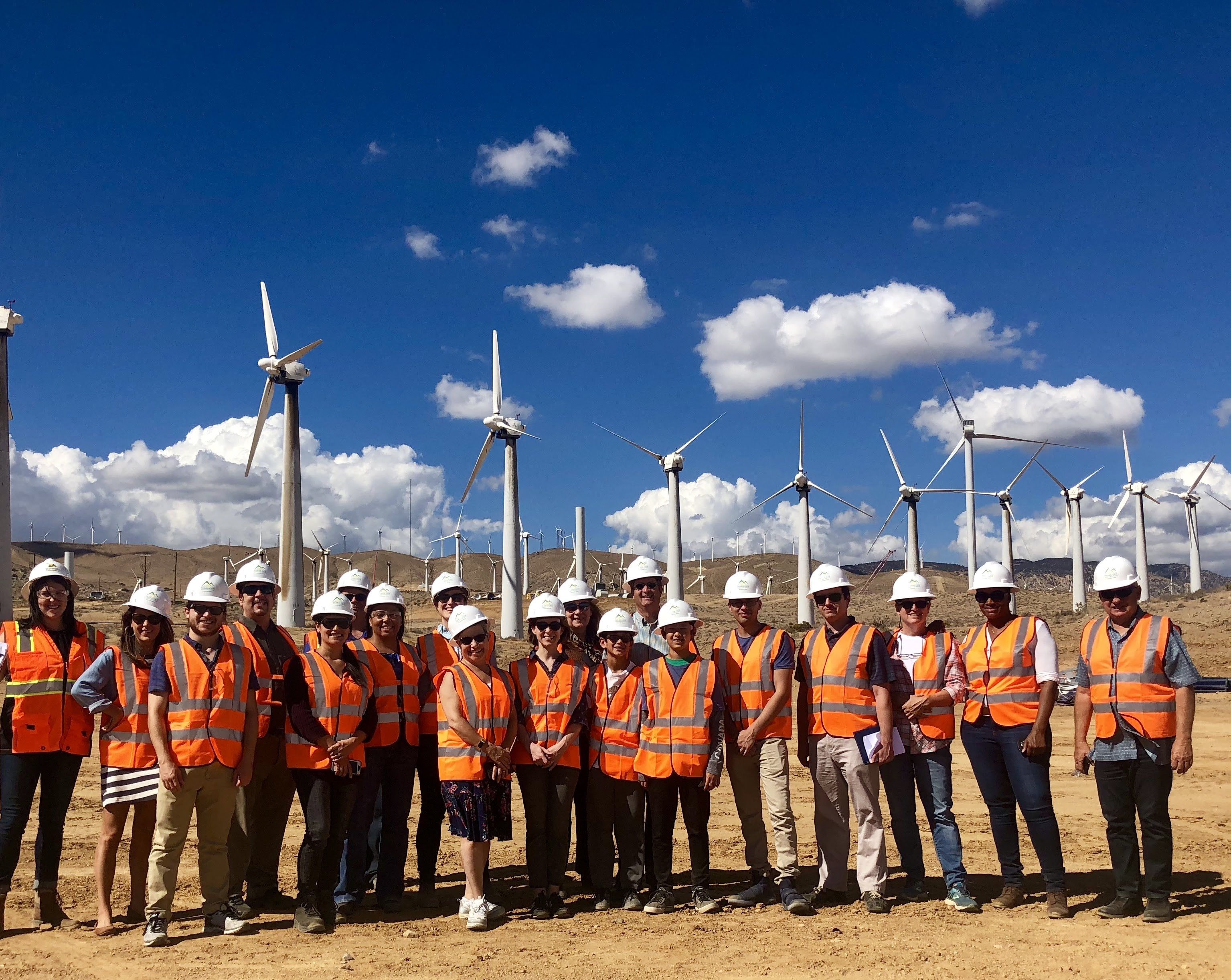Less than six months ago, one of the country’s worst ever disasters ripped through our region, with the Eaton and Palisades fires destroying thousands of homes and businesses in four cities and three distinct areas of unincorporated Los Angeles County.
With other local, national, and world events dominating the news cycles, it’s easy to forget that basic debris removal is still going on, and former, current and future residents don’t yet know if properties are safe to rebuild on or if they’ll be able to get insurance once they do rebuild. A single metric – speed – has come to define success, and as we enter the 2025 fire season, our region is no safer now than when the climate change-driven fires first broke out.
To facilitate not only speed but also rebuilding with future climate conditions and risks in mind, the Blue Ribbon Commission on Climate Action and Fire-Safe Recovery, an independent commission of which I am a member, was convened by LA County Supervisor Lindsey Horvath. On June 20, after four months of work and deliberation, the Commission, in collaboration with UCLA, released its final 173-page report detailing over 50 recommendations across 10 broad categories.
Some of the Commission’s recommendations mirror programs that CPA stood up in the immediate aftermath of the fires, including expanding our Energy Team service to educate homeowners about fire-resistant building materials, training contractors in the latest wildfire construction techniques, and more than doubling our rebate for home battery energy storage for customers in fire-prone areas.
Other recommendations point to places where CPA might engage in the future, including supporting all-electric homes and broader community resiliency infrastructure modeled after our Power Ready program. The creation of a LA County Fire Control District to establish and maintain a buffer zone at the Wildland Urban Interface also figures prominently in the Commission’s recommendations.

But what is really crucial – and what ties many of the recommendations together – is the call for the creation of a Resilient Rebuilding Authority, much like has been done successfully in California after earthquakes and elsewhere in the country after hurricanes and floods. Creating and granting an Authority broad powers to manage, plan, and finance rebuilding efforts, could streamline complex recovery efforts, enable rebuilding by displaced owners of homes and rental and commercial properties at scale, and do so to the highest standards of resiliency and insurability.
This Authority would help residents and business owners overcome many of the choke points and barriers to rebuilding, while expediting the restoration of civic and commercial infrastructure that anchors and facilitates a community’s recovery and counterbalances the forces that often drive displacement and inequality in the aftermath of disasters.
What does this all have to do with climate action and fire safety? We on the Commission believe that a lot-by-lot approach to rebuilding entire neighborhoods will not only be inefficient but miss opportunities for the neighborhood-level design, coordinated infrastructure replacement, and economies of scale in fire-hardened all-electric home construction that can deliver a truly resilient community at lower costs.
Please join me in calling on our elected leaders to prioritize working together and with our communities to achieve these ambitious but necessary goals.



